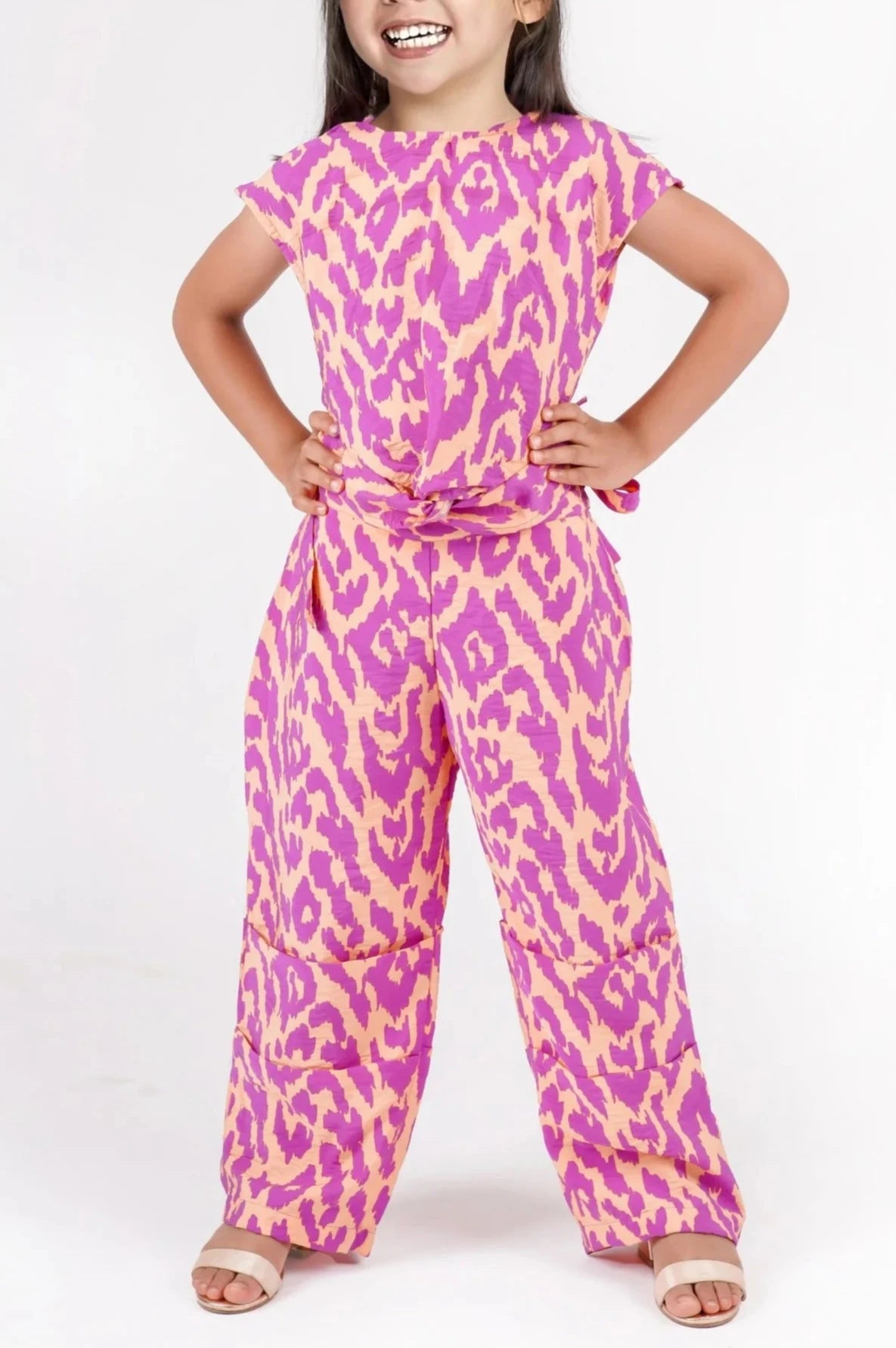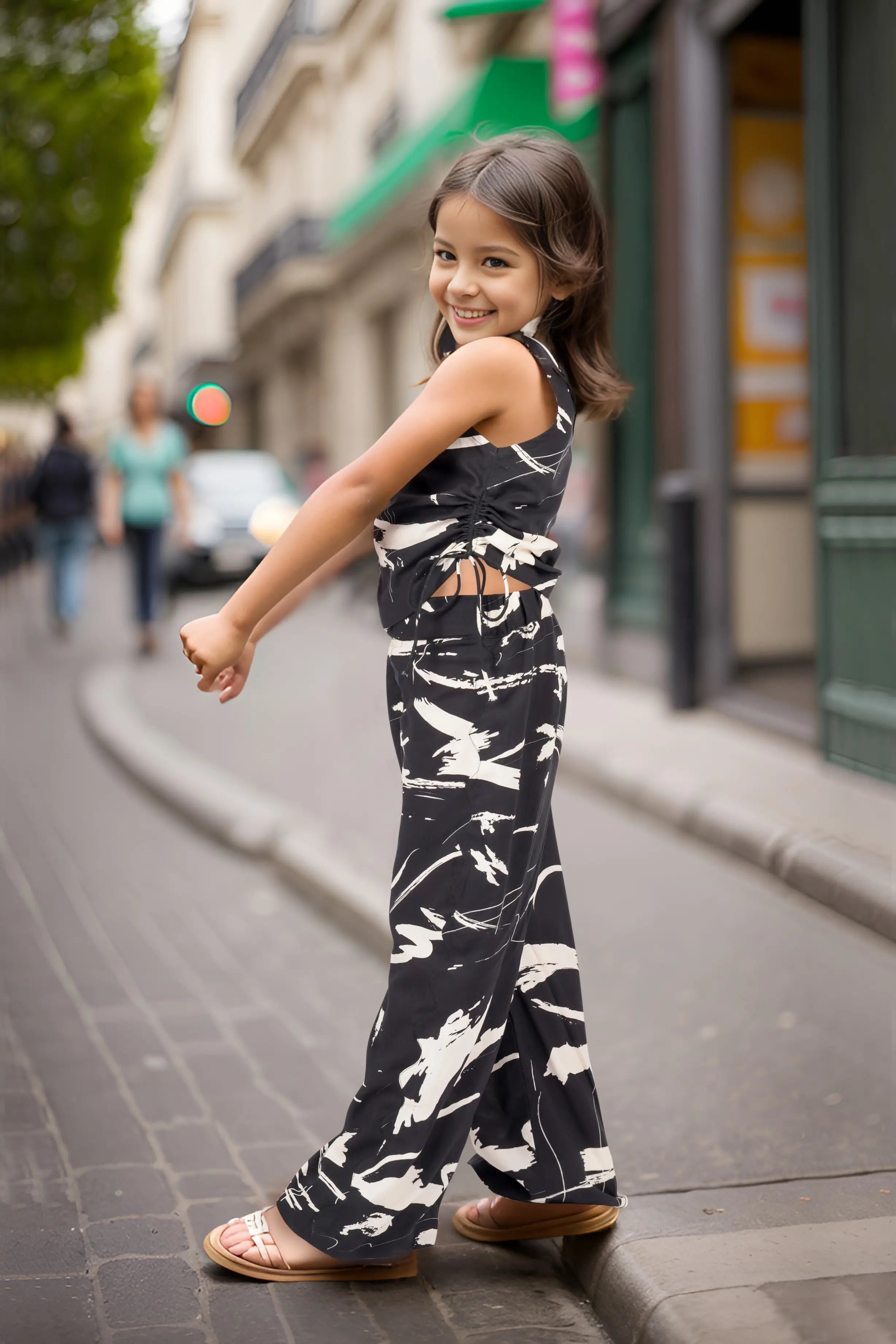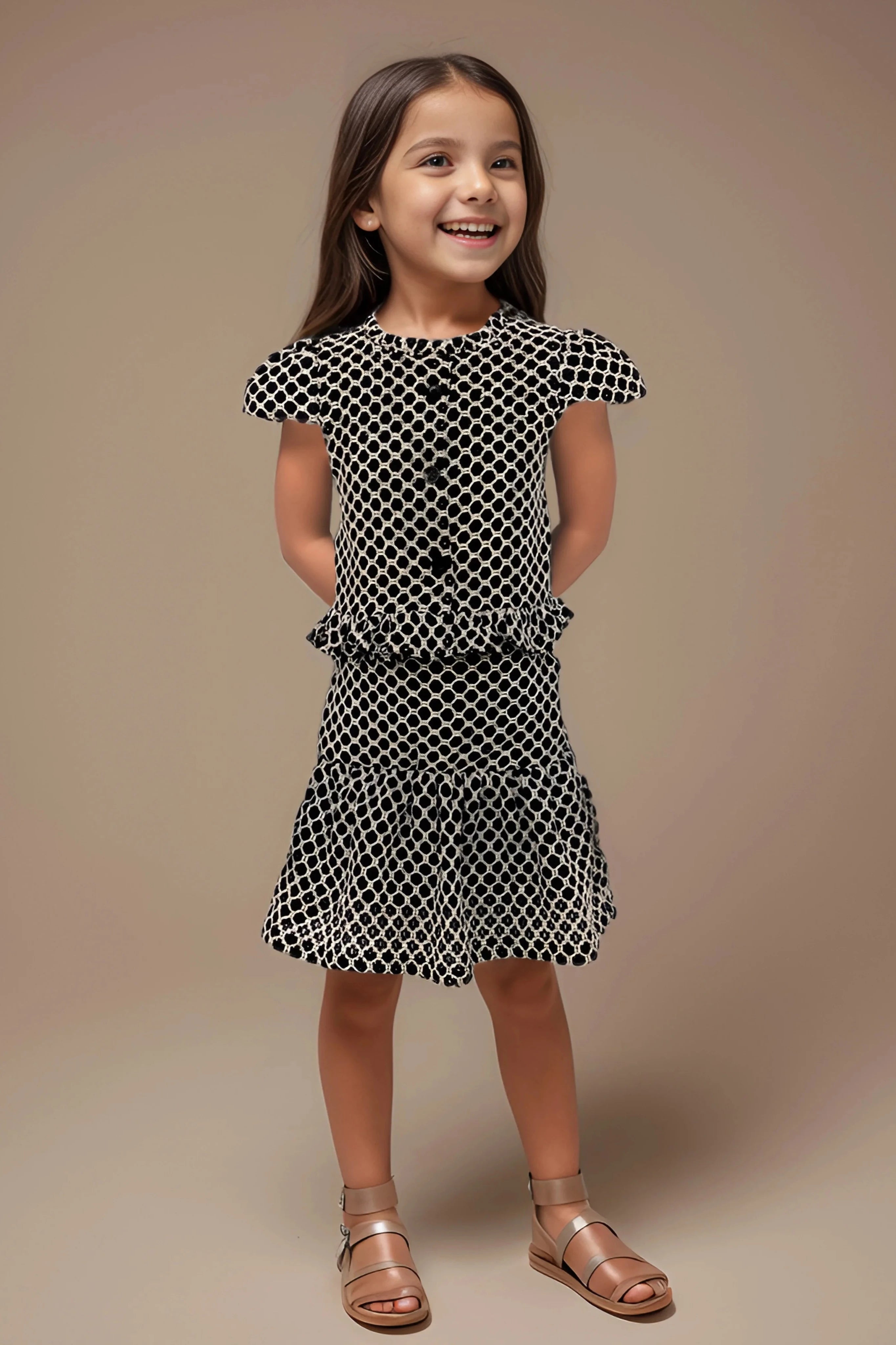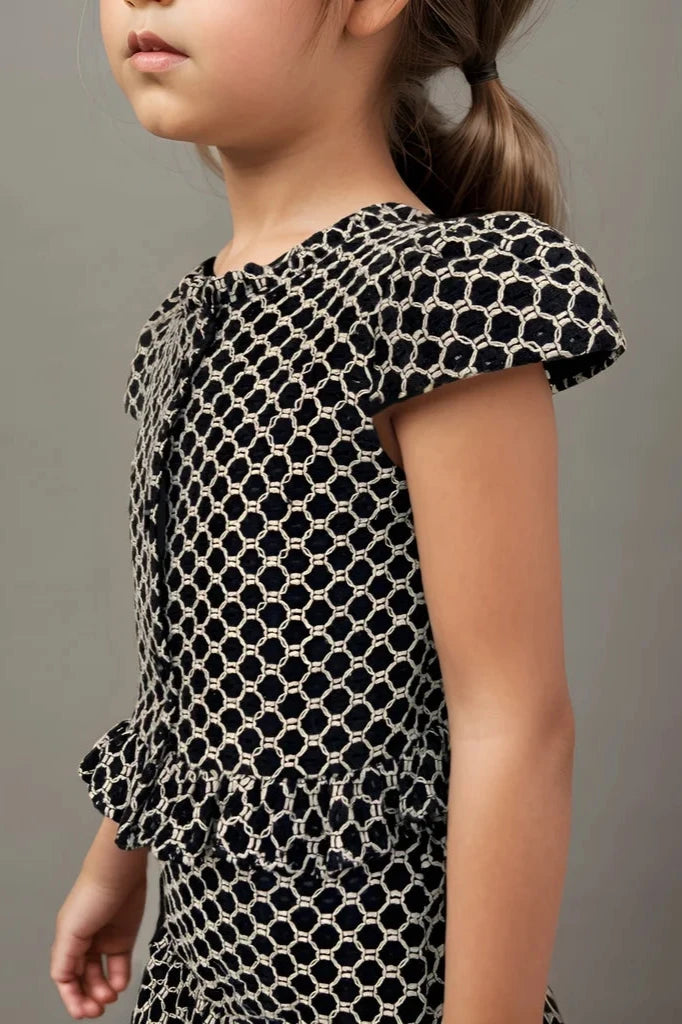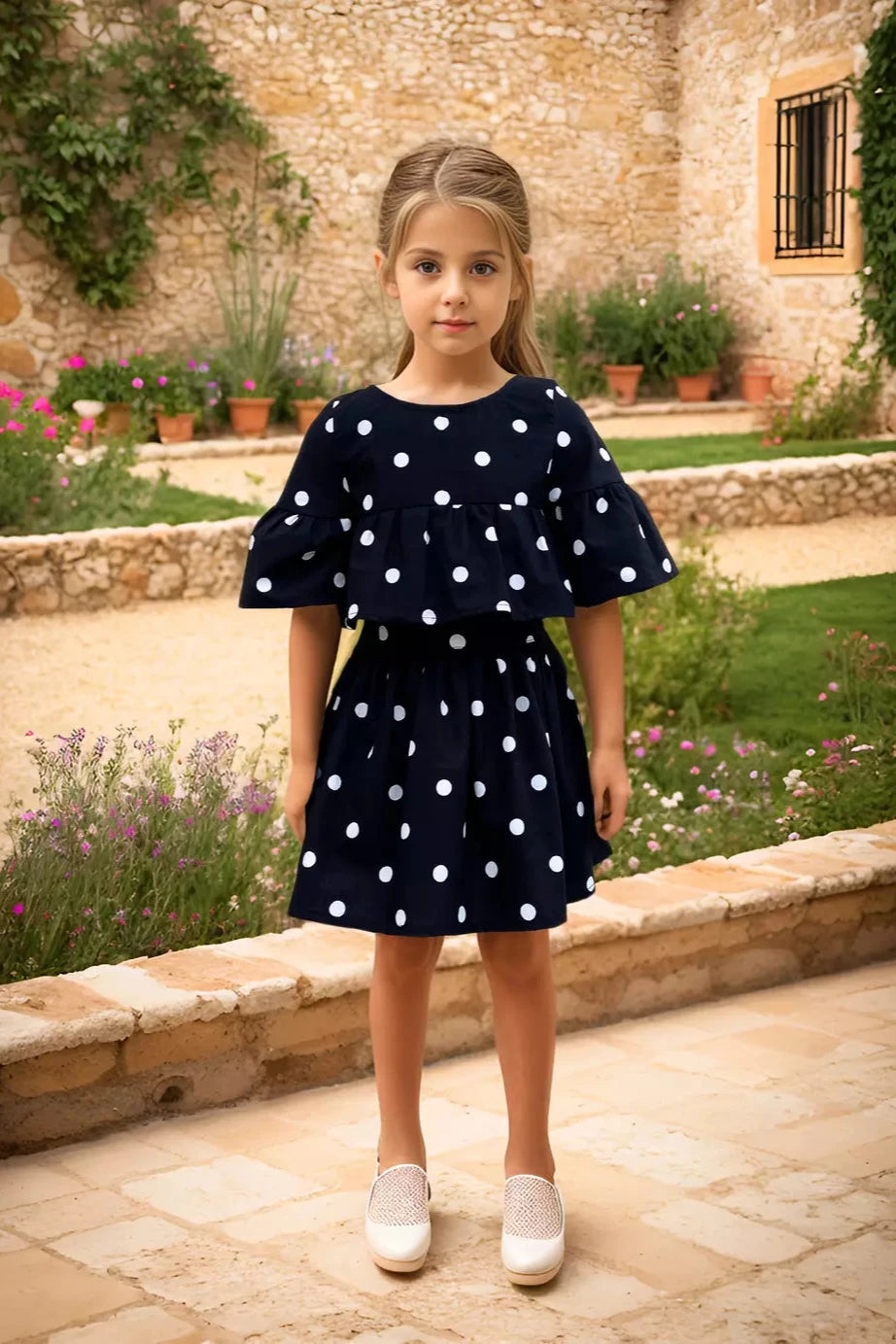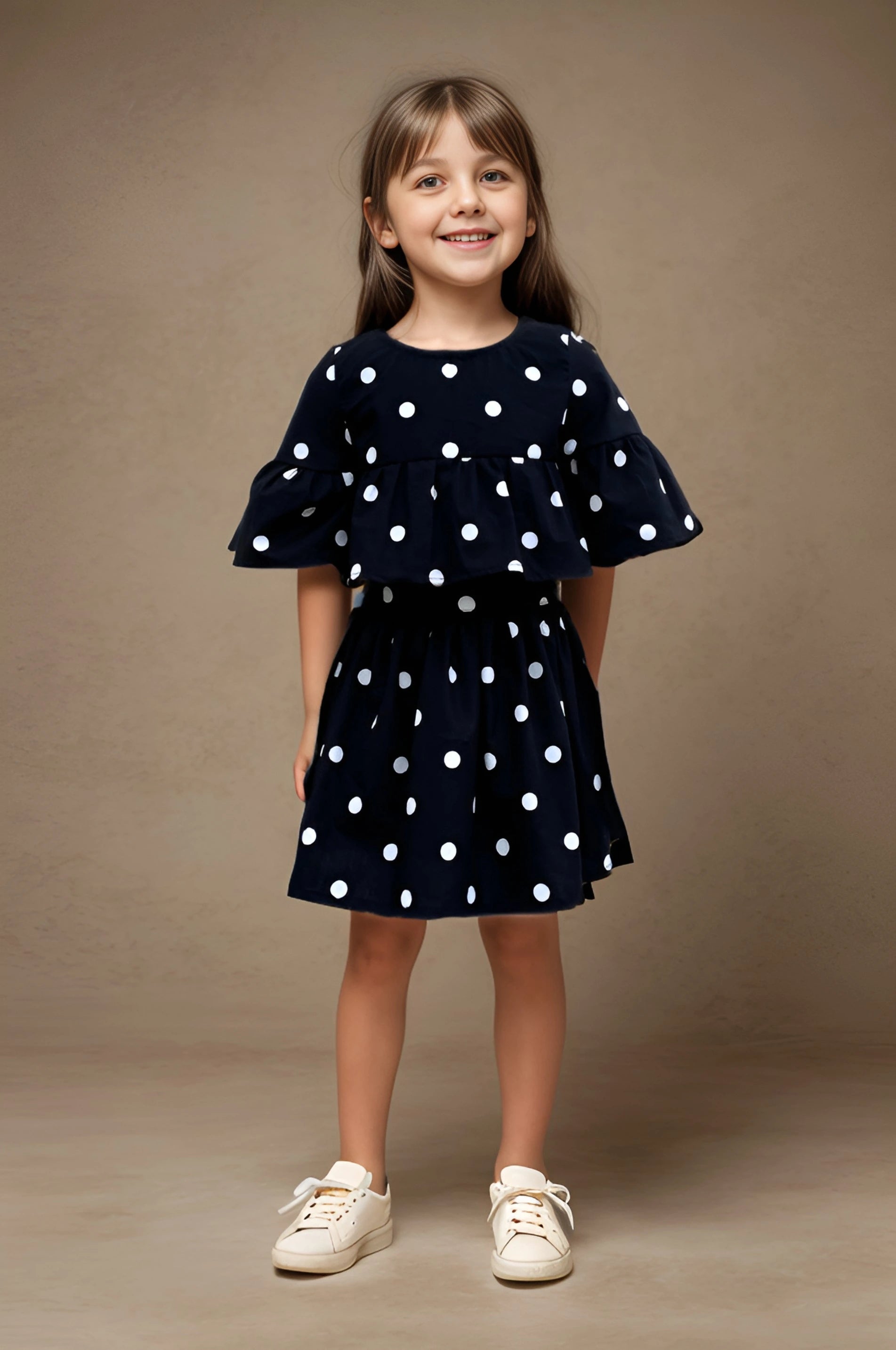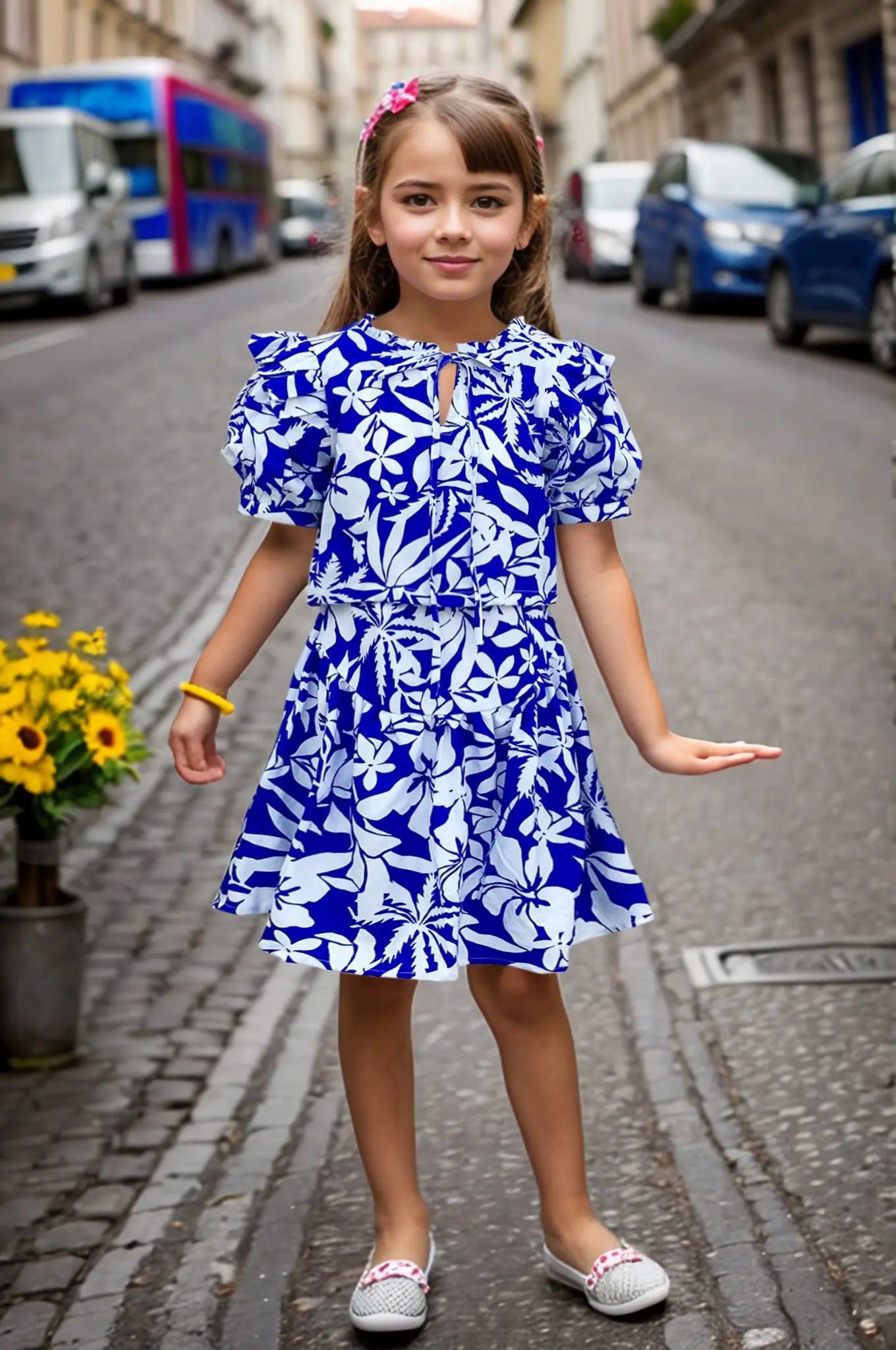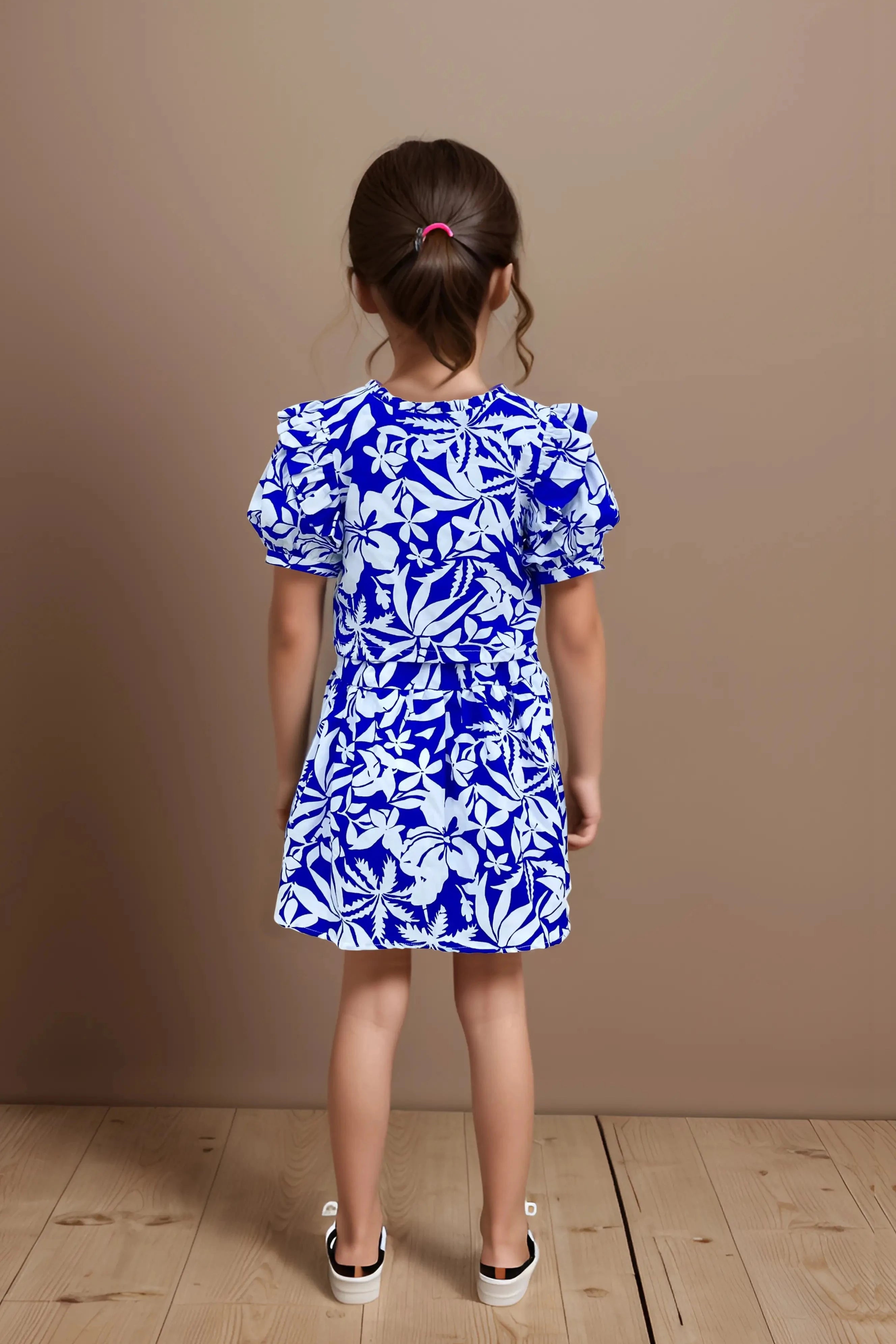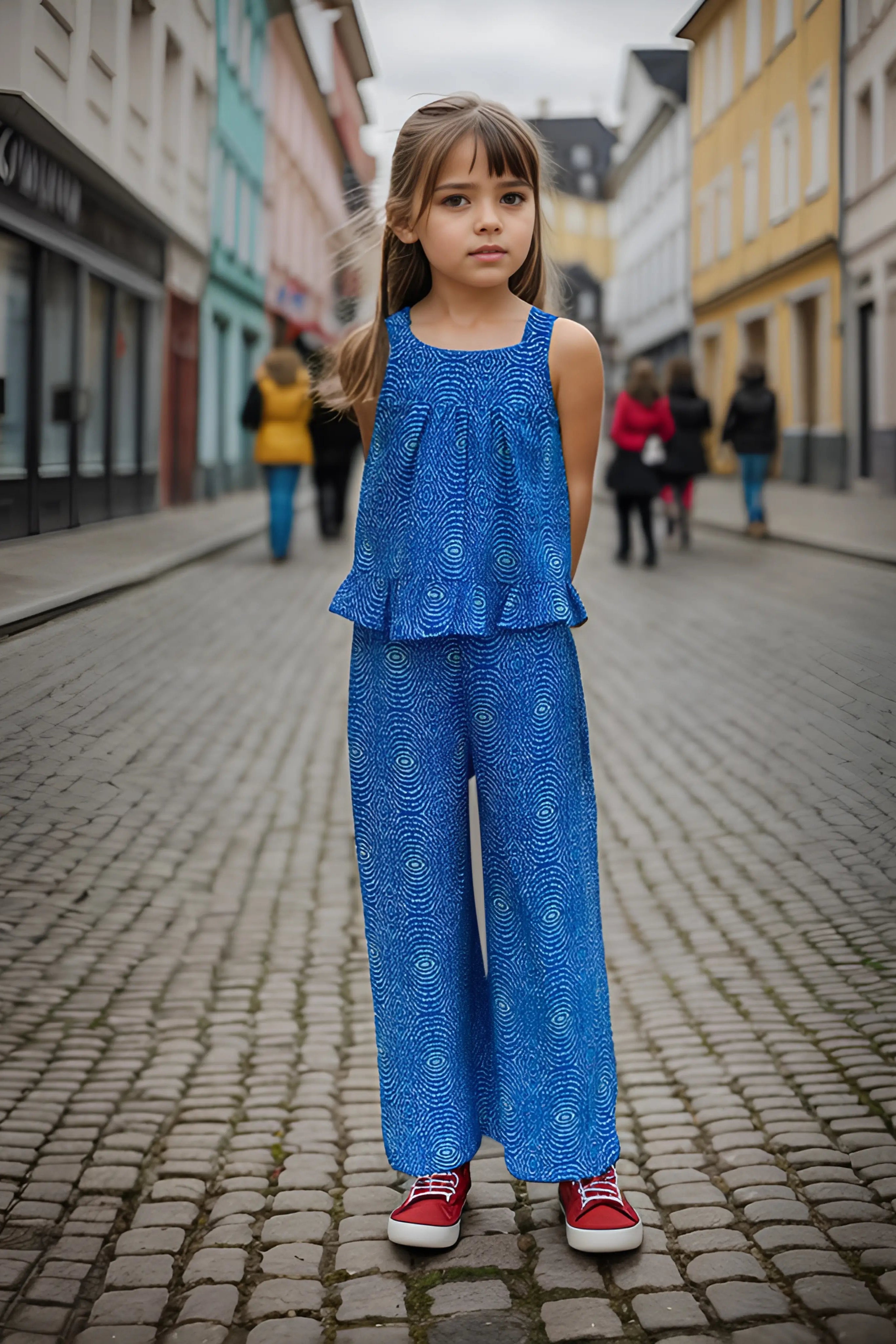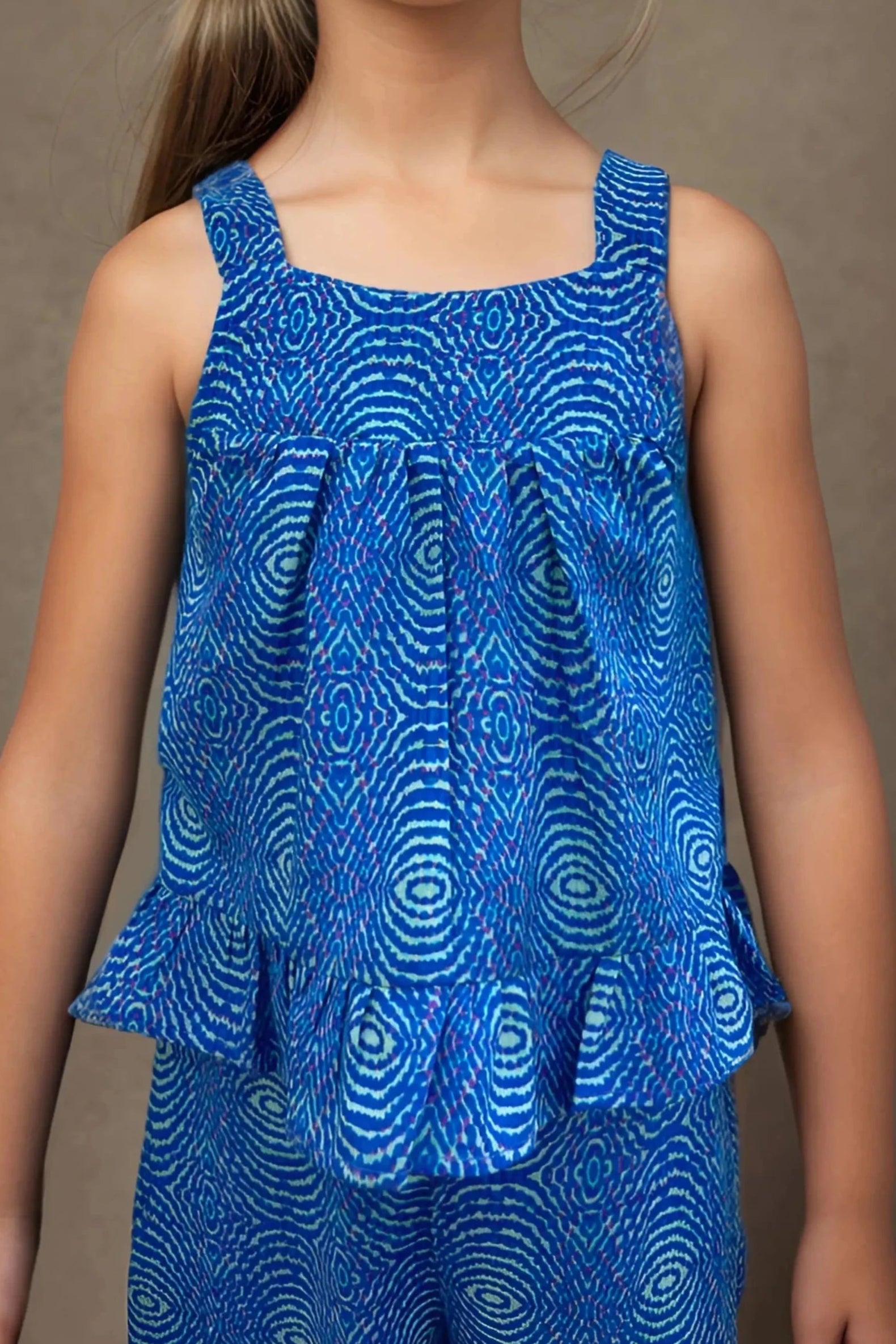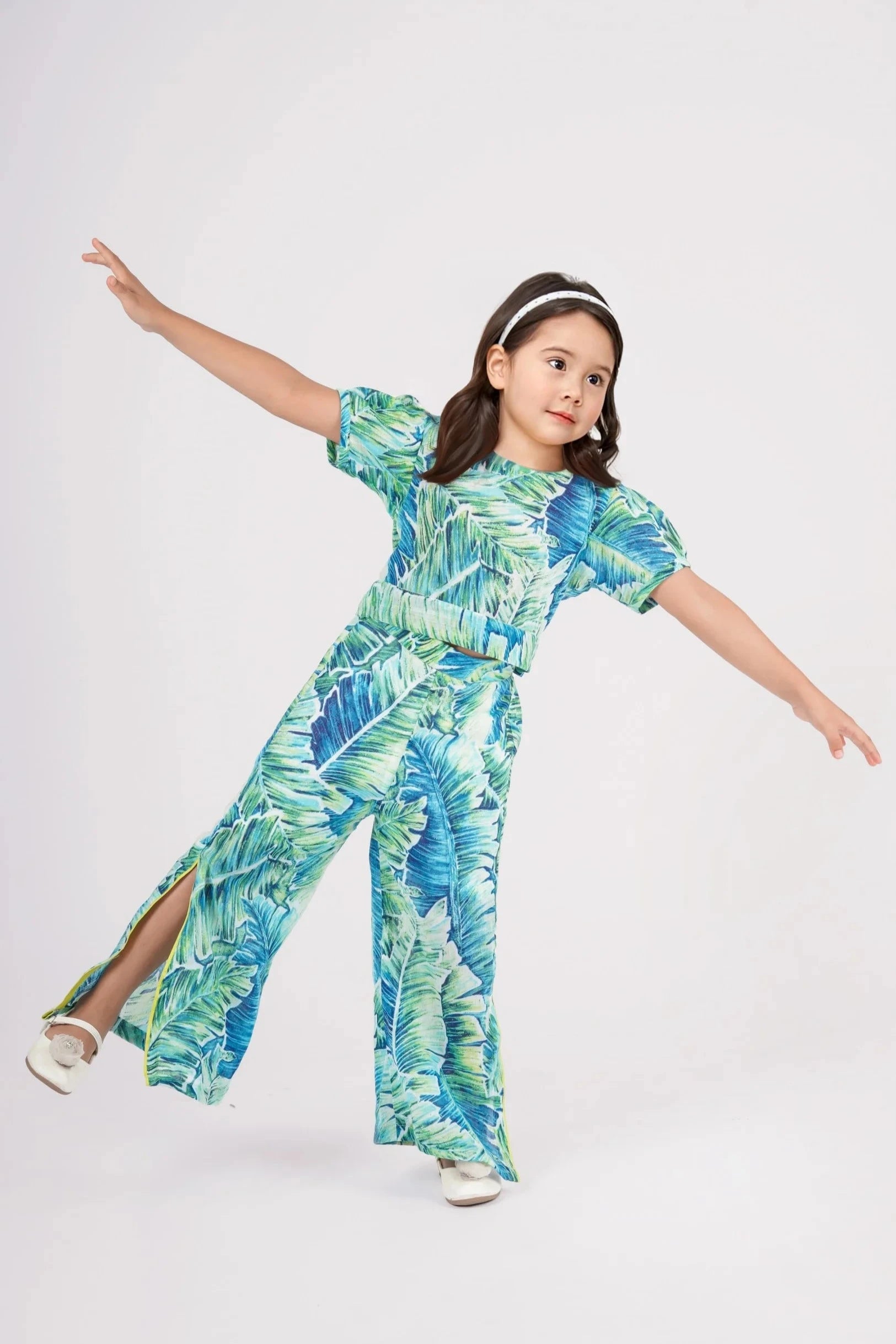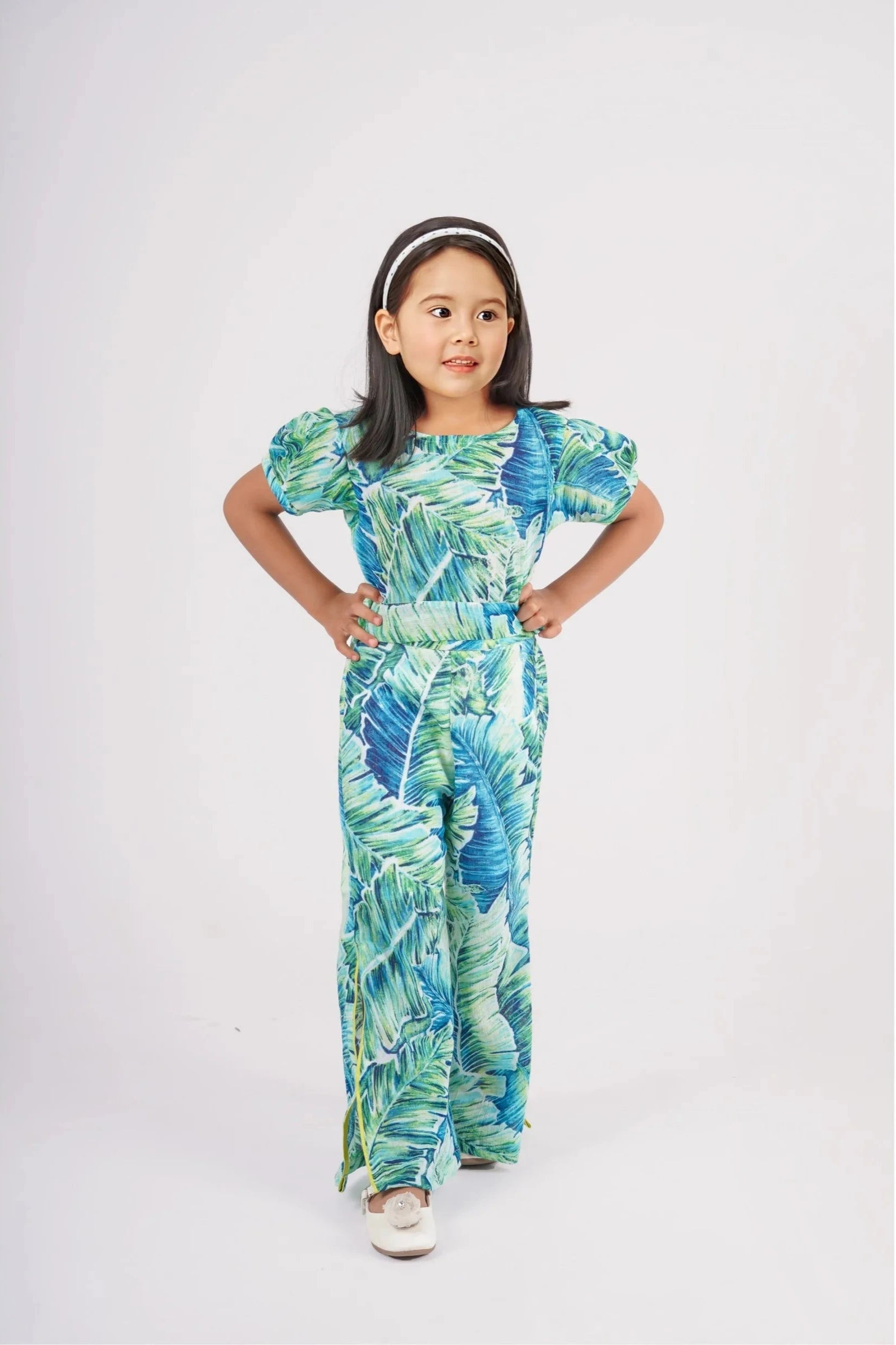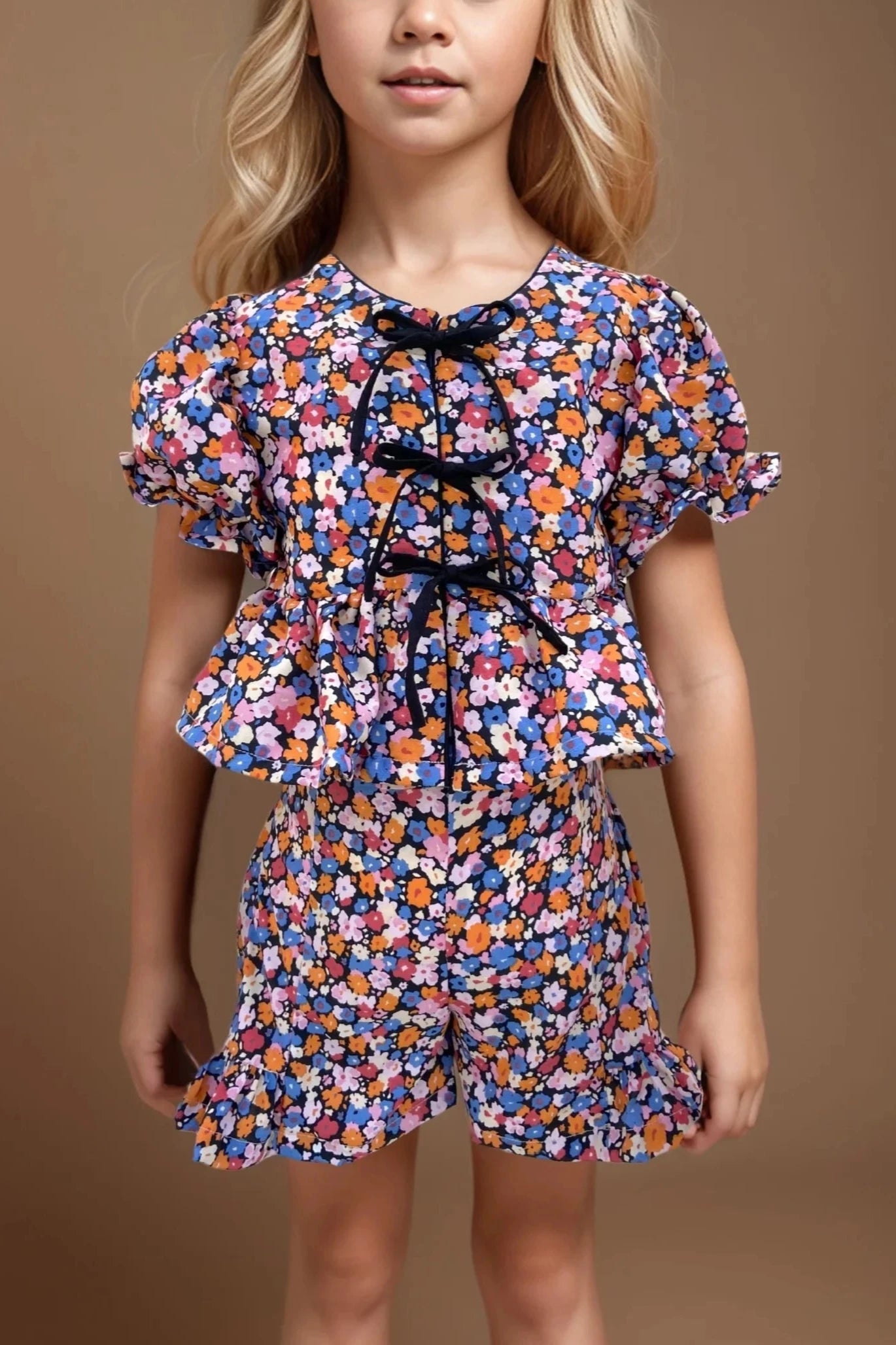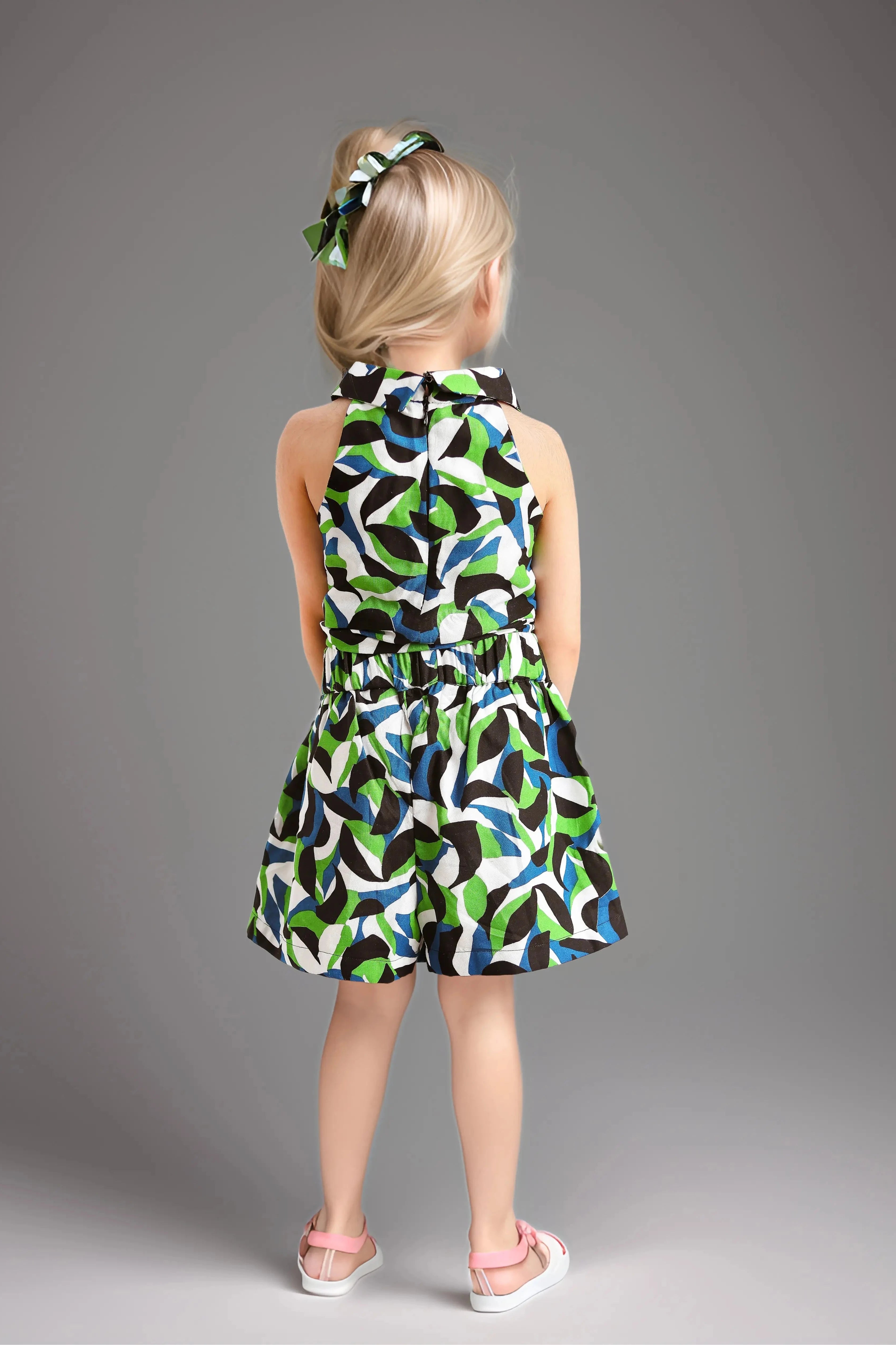List Of Human Body Parts Name In English and Hindi
Table of Contents
The human body is a complex structure with numerous parts, each playing a vital role in our daily lives. Learning about body parts helps in better communication, education, and understanding of health and anatomy. This guide covers basic and detailed body parts name in English and Hindi, along with images and descriptions.
Basic Human Body Parts Name in English
List of 50 Body Parts Name
Our body is a complex structure made up of different parts, each playing a crucial role in our daily functions. From the head to the toes, every body part has its own significance. Here’s a list of 50 body parts name to help you understand them better.
| Head | Face | Eyes |
| Nose | Tongue | Neck |
| Ears | Lips | Arms |
| Mouth | Cheeks | Shoulders |
| Teeth | Chin | Elbows |
| Hands | Nails | Back |
| Fingers | Chest | Waist |
| Stomach | Knees | Toes |
| Hips | Legs | Ankles |
| Thighs | Feet | Heels |
| Brain | Heart | Lungs |
| Liver | Kidneys | Stomach |
| Intestines | Bones | Muscles |
| Joints | Skin | Hair |
| Blood | Veins | Nerves |
| Teeth Gums | Palms | Wrists |
| Jaw | Eyebrows |
Body Parts Pictures

20 Body Parts Name in English and Hindi
Our body is made up of different parts, each with a unique function. Here’s a list of 20 body parts name in English and Hindi to help with learning and understanding.
|
English |
Hindi (हिंदी) |
|
Head |
सिर (Sir) |
|
Forehead |
माथा (Matha) |
|
Hair |
बाल (Baal) |
|
Eyes |
आँखें (Aankhen) |
|
Nose |
नाक (Naak) |
|
Ears |
कान (Kaan) |
|
Mouth |
मुँह (Munh) |
|
Lips |
होंठ (Honth) |
|
Teeth |
दांत (Daant) |
|
Tongue |
जीभ (Jeebh) |
|
Neck |
गर्दन (Gardan) |
|
Shoulder |
कंधा (Kandha) |
|
Arm |
बांह (Baah) |
|
Elbow |
कोहनी (Kohni) |
|
Hand |
हाथ (Haath) |
|
Fingers |
उंगलियां (Ungliyan) |
|
Chest |
छाती (Chaati) |
|
Stomach |
पेट (Pet) |
|
Knee |
घुटना (Ghutna) |
|
Foot |
पैर (Pair) |
Different Types of Body Parts
The human body is made up of various parts, each playing a specific role in movement, sensation, and overall function. Below are different categories of body parts along with examples and descriptions.
1. External Body Parts
These are the parts of the body that are visible and interact with the environment. They help with movement, protection, and communication.
| Body Part | Description |
|---|---|
| Face | The most expressive part of the body, reflecting emotions and identity. |
| Hands | Tools of creation and connection, enabling touch, gestures, and work. |
| Legs | Pillars of movement and strength, carrying us through life's journey. |
| Feet | The foundation of balance and stability, grounding us with every step. |
2. Internal Organs
These organs are inside the body and are responsible for essential functions such as circulation, digestion, and respiration.
| Body Part | Description |
|---|---|
| Heart | A powerful organ that pumps blood, keeping the body alive and energized. |
| Lungs | Essential for breathing, they supply oxygen and remove carbon dioxide. |
| Liver | The body's natural filter, detoxifying blood and supporting digestion. |
Glossary :
1. Anatomy – The study of the structure of living organisms, including the human body.
2. Organ – A group of tissues that work together to perform a specific function in the body (e.g., heart, lungs).
3. Sensory Organs
Sensory organs help us perceive the world around us by detecting sound, light, smell, taste, and touch.
| Body Part | Description |
|---|---|
| Eyes | The windows to the world, allowing us to see and perceive light and colors. |
| Ears | Gateways to sound, enabling us to hear and maintain balance. |
| Nose | The center of smell, detecting scents and aiding in respiration. |
| Tongue | The organ of taste, helping us enjoy flavors and assist in speech. |
| Skin | The body's protective shield, sensing touch, temperature, and pain. |
4. Limbs and Joints
Limbs and joints support movement and flexibility. The joints allow smooth motion, while limbs provide strength and mobility.
| Body Part | Description |
|---|---|
| Arms | Flexible extensions of the upper body, enabling movement, strength, and dexterity. |
| Legs | Strong supports for mobility, balance, and endurance in daily activities. |
| Knees |
Crucial joints that allow bending, movement, and shock absorption. |
| Elbows | Hinged joints that provide flexibility and control in arm movements. |
5. Muscular System
Muscles are responsible for movement, posture, and strength. They work in coordination with bones and joints to help the body function properly.
| Body Part | Description |
|---|---|
| Biceps | The front arm muscles responsible for lifting and flexing movements. |
| Triceps | The muscles at the back of the arm, essential for extending and pushing motions. |
| Abs | The core muscles that provide stability, posture, and support for movement. |
External Body Parts Name
Face Parts Name
The face is the most expressive part of the body, responsible for communication and sensory perception. It includes features that help in vision, speech, breathing, and emotions. Every part plays a role in identity and interaction.
| Facial Feature | Description |
|---|---|
| Forehead | The broad area above the eyes, often showing expressions and emotions. |
| Eyebrows | Arched strips of hair that protect the eyes and enhance facial expressions. |
| Eyes | The sensory organs of vision, capturing light and enabling sight. |
| Eyelashes | Tiny hairs lining the eyelids, protecting the eyes from dust and debris. |
| Eyelids | Movable skin folds that shield and moisturize the eyes. |
| Nose | The center of smell and breathing, filtering air and detecting scents. |
| Nostrils | The two openings of the nose, allowing air to pass in and out. |
| Cheeks | The soft, fleshy sides of the face, adding expression and contour. |
| Mouth | The opening used for speaking, eating, and expressing emotions. |
| Lips | Soft, flexible tissue framing the mouth, aiding in speech and expression. |
| Teeth | Hard structures in the mouth that help bite, chew, and break down food. |
| Tongue | A muscular organ that aids in taste, speech, and swallowing. |
| Chin | The lower part of the face, providing structure and definition. |
| Jawline | The contour of the lower face, defining its shape and strength. |
| Temples | The flat regions on the sides of the forehead, near the eyes. |
| Ears | The organs of hearing and balance, capturing sound waves and aiding orientation. |
Arms & Hand Parts Name
Arms and hands provide strength, flexibility, and precision for daily activities. They allow us to lift, hold, write, and interact with objects. Hands, with their fingers, enable fine motor skills and gestures.
| Body Part | Description |
|---|---|
| Shoulder | The joint connecting the arm to the body, allowing a wide range of movement. |
| Upper Arm | The section of the arm between the shoulder and elbow, housing strong muscles. |
| Elbow | The hinged joint in the middle of the arm, enabling bending and extension. |
| Forearm | The lower section of the arm between the elbow and wrist, aiding flexibility and grip. |
| Wrist | The flexible joint connecting the hand to the forearm, allowing rotation and movement. |
| Palm | The inner surface of the hand, essential for gripping and holding objects. |
| Fingers | The five flexible digits of the hand, enabling dexterity and precise movements. |
| Thumb | The strongest and most mobile finger, crucial for gripping and grasping. |
| Index Finger | Often used for pointing and precision tasks. |
| Middle Finger | The longest finger, aiding in balance and strength. |
| Ring Finger | Traditionally associated with wearing rings, contributing to hand stability. |
| Little Finger | The smallest finger, assisting in grip and balance. |
| Knuckles | The bony joints of the fingers, allowing bending and flexibility. |
| Nails | Hard protective coverings on the fingertips, aiding in precision and defense. |
Foot Part Name
Feet support the body’s weight and aid in movement, balance, and posture. They absorb shock while walking and running. The toes play a crucial role in maintaining stability.
| Body Part | Description |
|---|---|
| Ankle | The joint connecting the foot to the leg, allowing movement and stability. |
| Heel | The back part of the foot, providing support and shock absorption. |
| Sole | The underside of the foot, essential for walking and balance. |
| Instep | The arched middle part of the foot, supporting weight and flexibility. |
| Ball of the Foot | The padded area behind the toes, crucial for movement and balance. |
| Toes | The five digits of the foot, aiding in balance and mobility. |
| Big Toe | The largest toe, providing strength and stability while walking. |
| Second Toe | Helps with balance and weight distribution. |
| Middle Toe | Contributes to foot movement and stability. |
| Fourth Toe | Assists in maintaining balance and grip. |
| Little Toe | The smallest toe, aiding in balance and foot positioning. |
Head Parts of the Body
The head houses the brain, controlling thoughts, memory, and body functions. It also contains sensory organs like eyes, ears, and the nose. Hair and the scalp provide protection.
| Body Part | Description |
|---|---|
| Scalp | The skin covering the head, protecting the skull and supporting hair growth. |
| Hair | Strands of keratin growing from the scalp, providing insulation and style. |
| Skull | The bony structure of the head, protecting the brain and supporting the face. |
| Crown | The topmost part of the head, often associated with hair growth patterns. |
| Temple | The flat region on the side of the forehead, near the eyes and ears. |
Thigh Body Part
The thigh is the area between the hip and the knee, made up of strong muscles like the quadriceps and hamstrings. It plays a crucial role in movement, balance, and supporting body weight. The femur, the longest bone in the body, runs through the thigh.
| Body Part | Description |
|---|---|
| Quadriceps | The powerful muscles at the front of the thigh, responsible for extending the knee. |
| Hamstrings | The muscles at the back of the thigh, essential for bending the knee and movement. |
| Femur | The longest and strongest bone in the body, running through the thigh. |
| Inner Thigh | The inner section of the thigh, aiding in leg movement and stability. |
Neck Parts Name
The neck consists of vital structures like the cervical spine, trachea, esophagus, and major blood vessels. It supports the head, allowing movement and flexibility. Muscles like the sternocleidomastoid and trapezius help with posture and motion.
| Body Part | Description |
|---|---|
| Throat | The front part of the neck, containing the passageways for food and air. |
| Nape | The back of the neck, connecting the head to the spine. |
| Collarbone | A long, slender bone connecting the shoulder to the chest, providing structural support. |
| Larynx | The voice box, housing the vocal cords and enabling speech. |
| Trachea | The windpipe, carrying air from the nose and mouth to the lungs. |
Lower Body Parts Name
The lower body includes the hips, thighs, knees, legs, ankles, and feet, all essential for movement and stability. Strong muscles like the glutes, quadriceps, and calves provide power and support. Joints like the knee and ankle help in walking, running, and balancing.
| Body Part | Description |
|---|---|
| Hips | The joints connecting the legs to the torso, crucial for movement and stability. |
| Buttocks | The fleshy muscles at the back of the pelvis, providing support and cushioning. |
| Waist | The narrowest part of the torso, connecting the upper and lower body. |
Torso & Back Parts Name
The torso forms the central structure of the body, housing vital organs. It supports movement, posture, and breathing. The back provides strength and flexibility for daily activities.
| Body Part | Description |
|---|---|
| Chest | The front part of the upper body, housing the heart and lungs. |
| Ribs | The curved bones that form the ribcage, protecting vital organs like the heart and lungs. |
| Back | The rear part of the body, supporting posture and movement through the spine and muscles. |
| Waist | The narrow section of the torso, connecting the upper and lower body. |
Internal Body Parts Name

Brain & Nervous System
The nervous system controls the body's functions, emotions, and reflexes. The brain processes thoughts, memories, and coordination, while the spinal cord and nerves send signals throughout the body. It plays a crucial role in movement, sensation, and organ regulation.
| Brain (Cerebrum, Cerebellum, Brainstem) | Spinal Cord | Nerves (Peripheral & Cranial) |
Circulatory System
This system circulates blood, oxygen, and nutrients to all body parts. The heart pumps blood through arteries, veins, and capillaries, maintaining life functions. It also helps remove waste products like carbon dioxide.
| Heart (Atria, Ventricles, Valves) | Blood Vessels (Arteries, Veins, Capillaries) | Bone Marrow |
Respiratory System
The respiratory system enables breathing, supplying oxygen to the body and expelling carbon dioxide. The lungs, trachea, and alveoli work together to exchange gases. This system is essential for energy production in cells.
| Lungs | Trachea | Bronchi |
| Alveoli | Diaphragm | Bronchioles |
Digestive System
This system breaks down food into nutrients that the body absorbs for energy and growth. It involves mechanical and chemical digestion, beginning in the mouth and ending in waste elimination. The liver and pancreas aid digestion by producing essential enzymes and bile.
| Mouth | Esophagus | Stomach |
| Small Intestine | Large Intestine | Gallbladder |
| Liver | Pancreas | Salivary Glands |
Glossary :
1. Spinal Cord – A nerve tissue column that connects the brain to the body, enabling movement and sensation.
2. Salivary Glands – Glands that produce saliva to aid digestion and keep the mouth moist.
Excretory & Urinary System
The excretory system removes waste products and maintains fluid balance. The kidneys filter toxins from the blood, while the bladder stores and releases urine. This system is vital for detoxification and homeostasis.
| Kidneys | Ureters & Urethra | Bladder |
Endocrine System
This system regulates hormones that control metabolism, growth, mood, and reproduction. Endocrine glands release chemical signals into the bloodstream to maintain body functions. It plays a major role in energy balance and overall health.
| Pituitary Gland | Hypothalamus | Thyroid Gland |
| Parathyroid Glands | Adrenal Glands | Pancreas (Endocrine function) |
| Ovaries (Females) | Testes (Males) |
Immune & Lymphatic System
This system defends the body against infections, bacteria, and viruses. The lymphatic system filters harmful substances, while immune cells fight invaders. It helps in healing, disease prevention, and overall immunity.
| Spleen | Lymph Nodes | Thymus & Tonsils |
Skeletal System
The skeletal system provides structure, support, and protection for vital organs. It works with muscles for movement and produces blood cells in the bone marrow. Joints and cartilage ensure flexibility and stability.
| Skull | Rib Cage | Spine (Vertebrae) |
| Femur | Humerus | Joints & Cartilage |
Muscular System
This system allows movement, posture, and body heat production. Skeletal muscles enable voluntary movement, while smooth and cardiac muscles control involuntary actions. Muscle contractions are essential for breathing, circulation, and digestion.
| Skeletal Muscles (Biceps, Triceps, Abdominals, etc.) | Smooth Muscles (Intestines, Stomach) | Cardiac Muscle (Heart muscle) |
Reproductive System
The reproductive system enables reproduction and regulates sex hormones. It plays a role in hormone balance, development, and fertility. The male and female systems have specialized organs for reproduction and childbirth.
| Male Parts | Testes | Vas Deferens | Penis | Prostate Gland |
| Female Parts | Vagina | Fallopian Tubes | Uterus | Ovaries |
Discover Safehugs clothes that care for your little one’s comfort—soft, stylish, and gentle on the skin, offering a safe embrace.
Female Body Parts Name in English
External Female Body Parts:
-
Breasts
-
Waist
-
Hips
-
Vagina
-
Cervix
Internal Female Organs:
-
Ovaries
-
Uterus
-
Fallopian Tubes
-
Mammary Glands
Male Body Parts Name in English
External Male Body Parts:
-
Penis
-
Scrotum
-
Testicles
Internal Male Organs:
-
Testes
-
Prostate Gland
-
Vas Deferens
-
Epididymis
Knowing body parts and their functions is essential for learning, communication, and health. From external features to vital organs, each plays a crucial role. This guide helps expand your knowledge in English and Hindi. Understanding our bodies allows us to care for them better. If you have any questions, check out our FAQs below!
Discover Safehugs Parenting Blog, for practical tips, heartfelt advice, and creative ideas to support your parenting journey.
Related:
- Check out the blog on the list of fruit names in English.
- Check out the blog on the list of vegetable names in English.
- Check out the blog on 100 vegetable names in English and Hindi.
- Check out the blog on the list of dry fruits names.
- Check out the blog on flower names in English and Hindi.
FAQ'S
1. Is blood an organ?
Yes, blood is considered a fluid connective tissue and is sometimes referred to as a "fluid organ" because it performs vital functions like transporting oxygen, nutrients, and waste throughout the body.
2. What are the 5 main parts of the body?
The five main parts of the human body are the head, neck, torso, arms, and legs. The head contains the brain, eyes, nose, and mouth, while the neck connects the head to the torso. The torso includes the chest, abdomen, and back. The arms consist of shoulders, elbows, hands, and fingers, whereas the legs include the thighs, knees, feet, and toes.
3. What are sense organs?
Sense organs are specialized organs that help humans perceive the world through different senses. The five primary sense organs are the eyes for sight, ears for hearing, nose for smell, tongue for taste, and skin for touch.
4. What are olfactory organs?
Olfactory organs are responsible for the sense of smell. They are located in the nasal cavity and contain specialized receptors that detect and process different odors.
5. What are some important internal organs?
Some essential internal organs of the human body include the brain, heart, lungs, liver, stomach, and kidneys. The brain controls thoughts, memory, and bodily functions, while the heart pumps blood throughout the body. The lungs help in breathing and oxygen exchange, the liver aids digestion and detoxifies the body, the stomach breaks down food for digestion, and the kidneys filter waste from the blood and produce urine.



